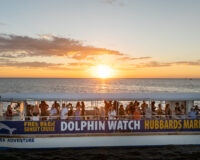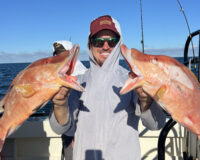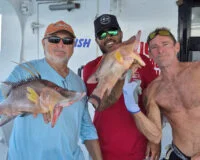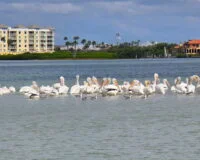Inshore Fishing Report

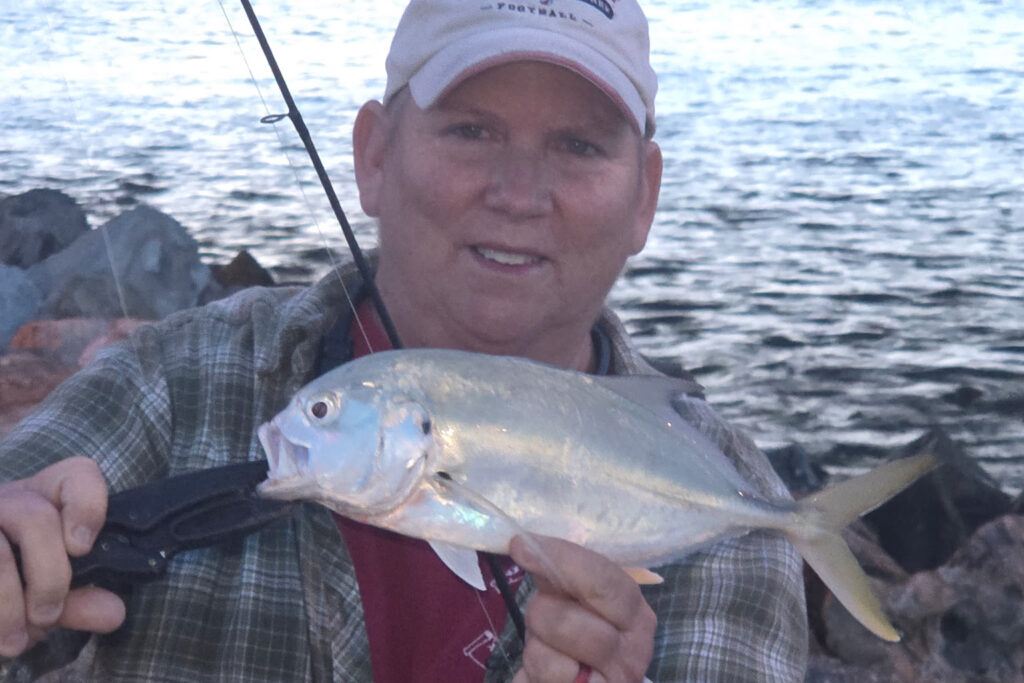
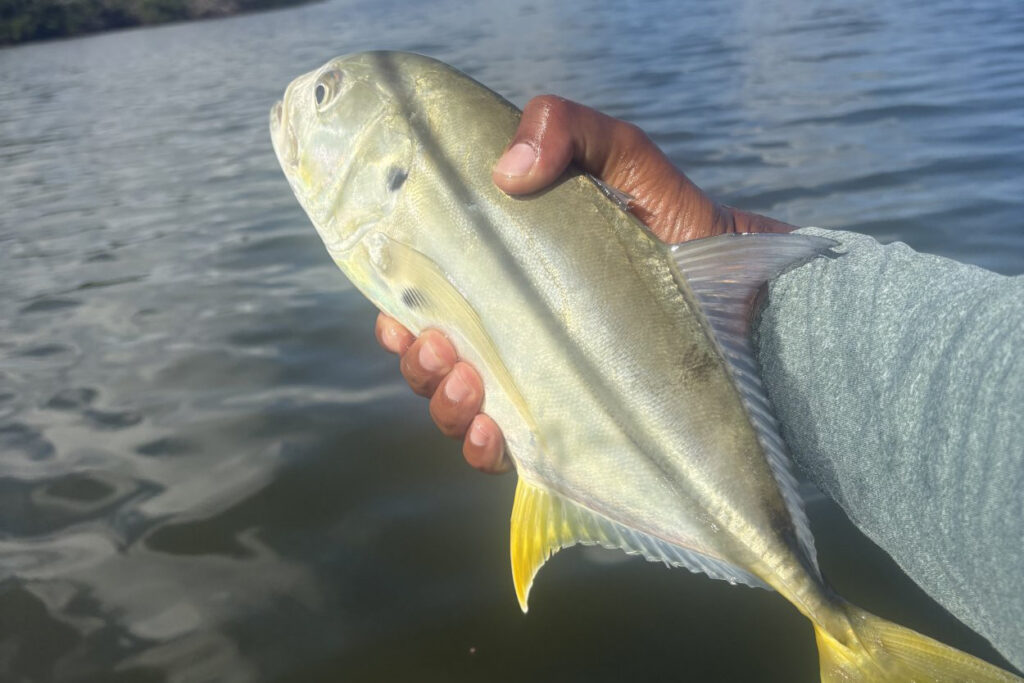
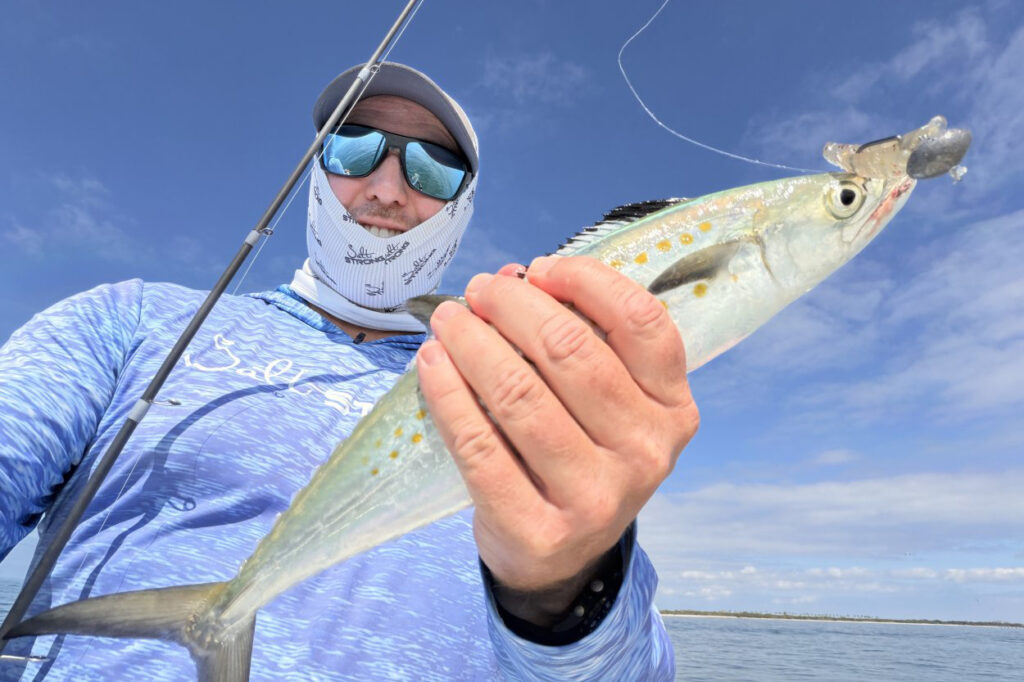
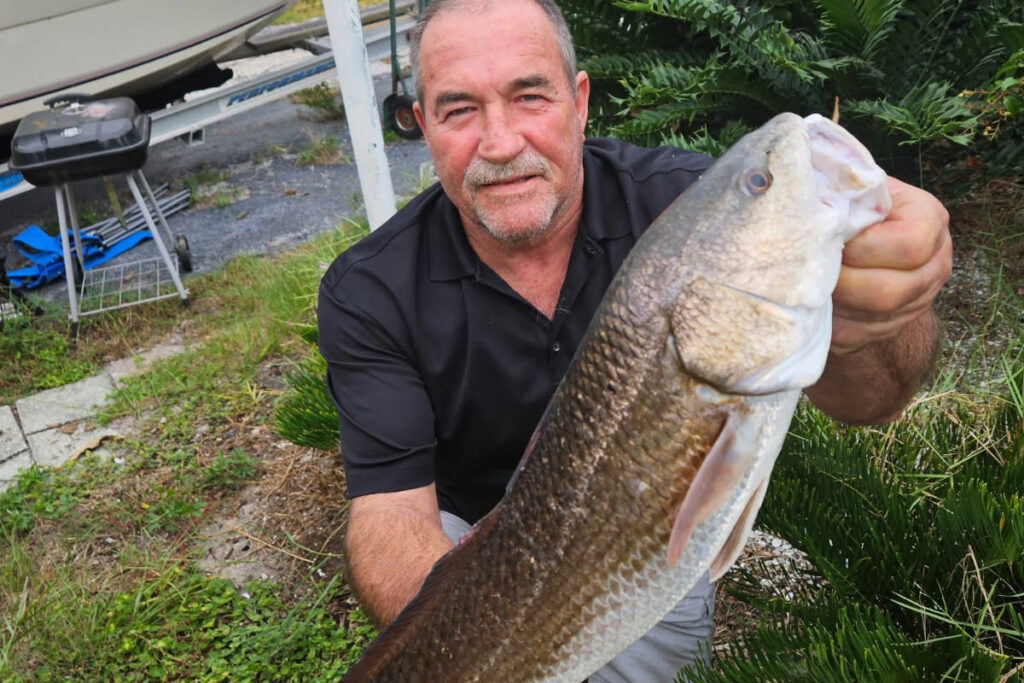

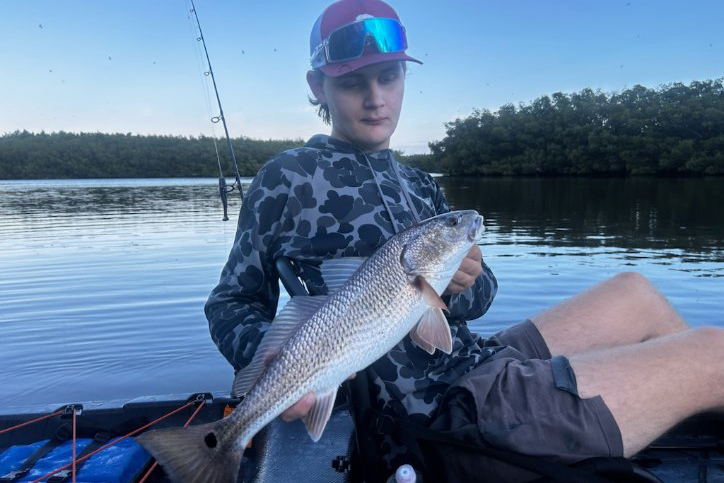

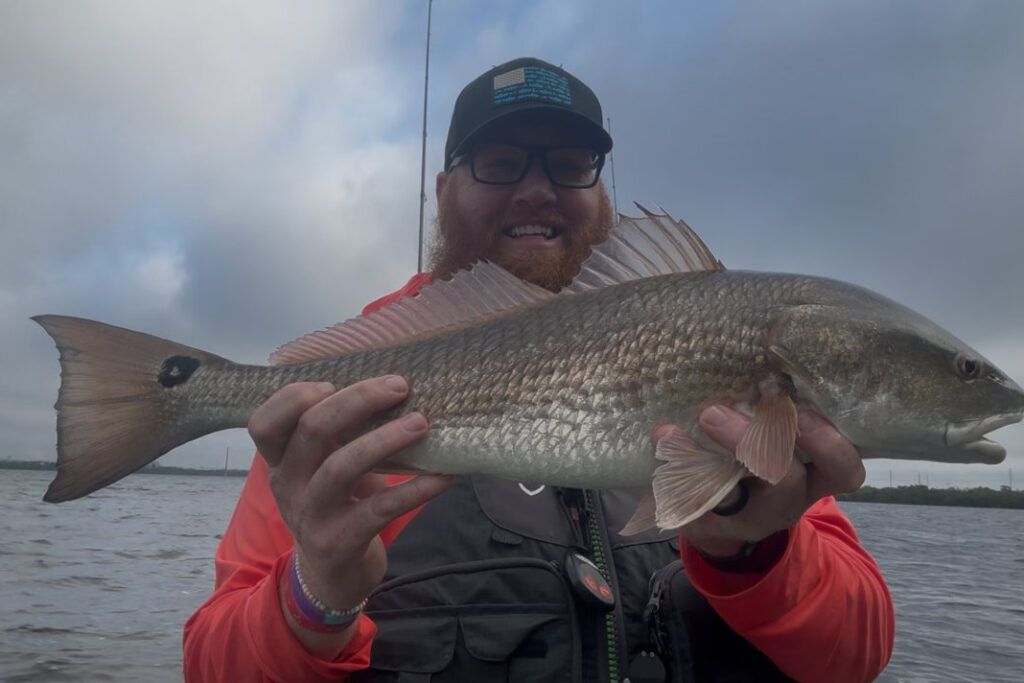
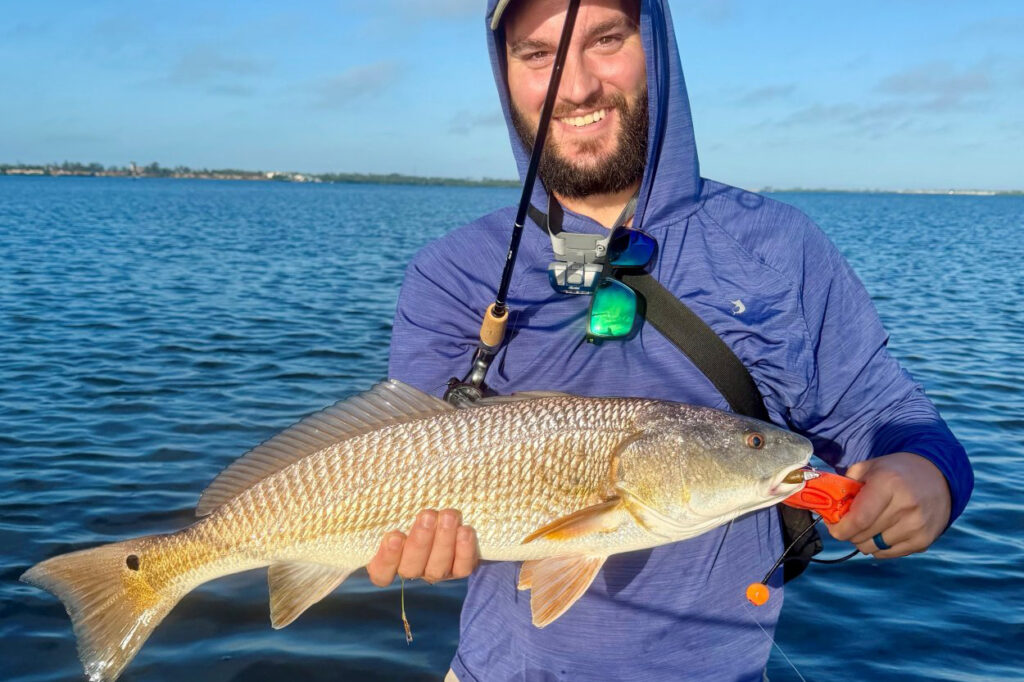
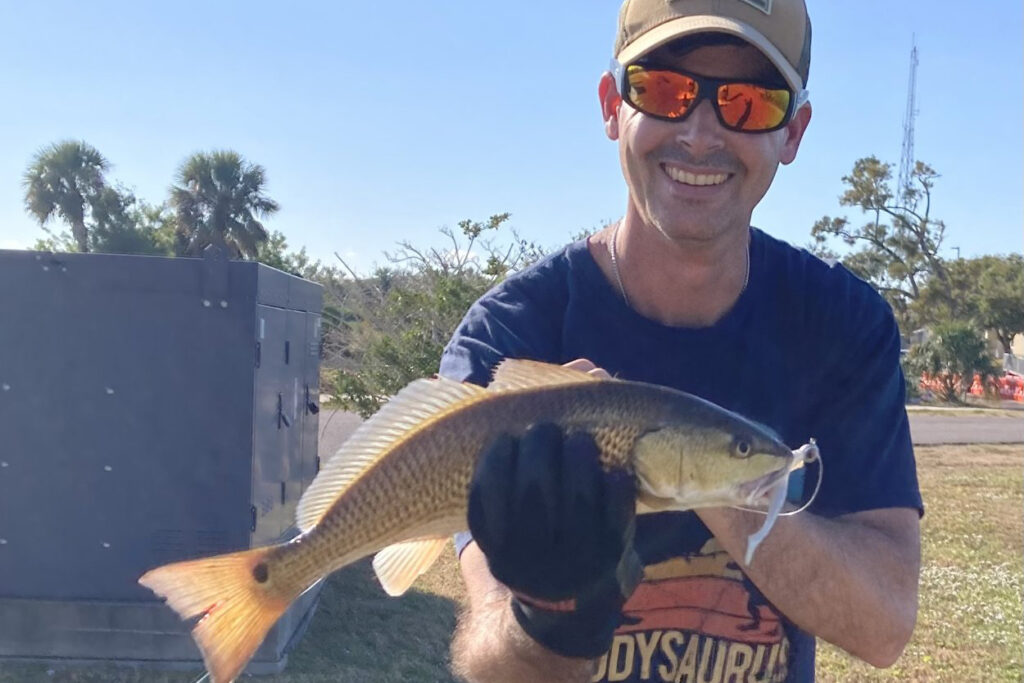
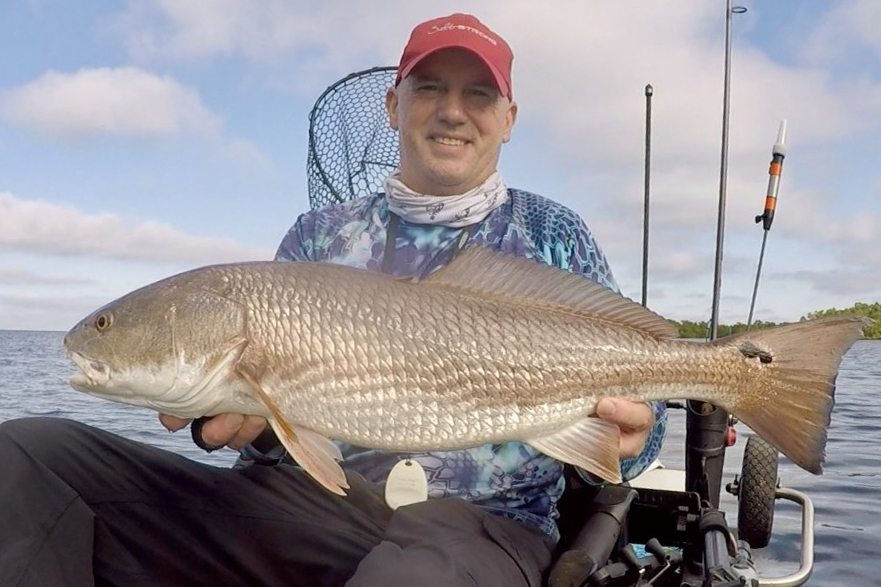
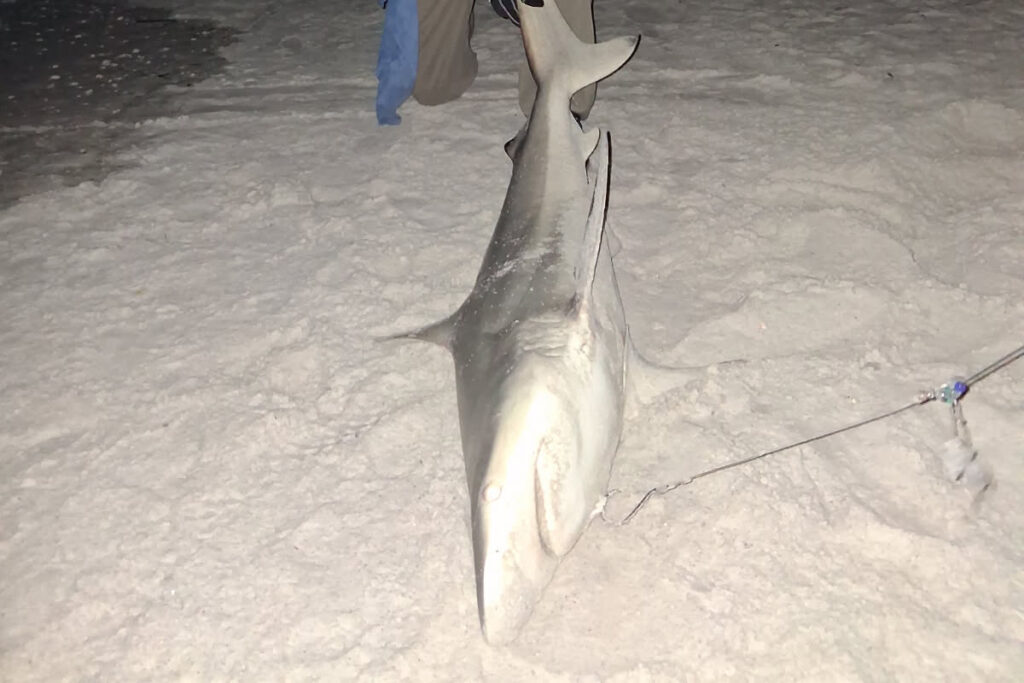
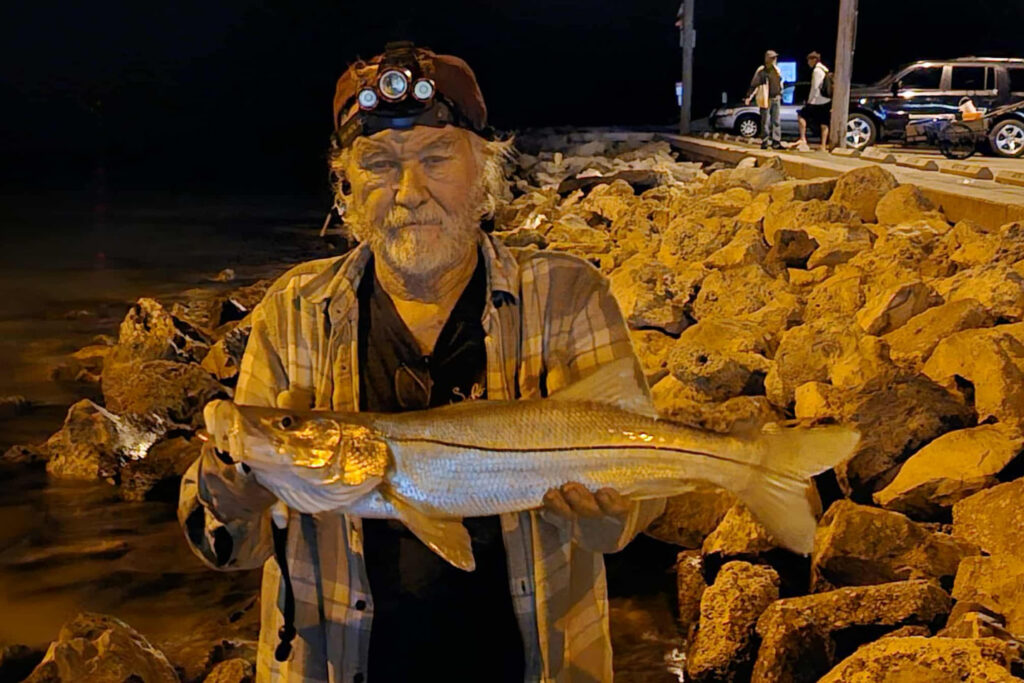

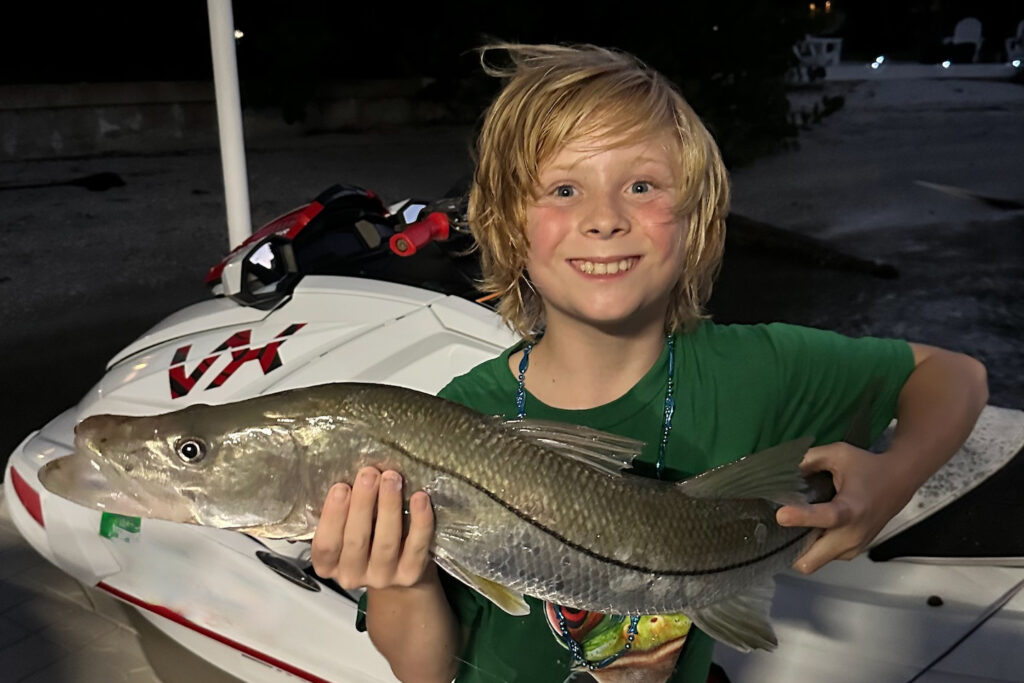
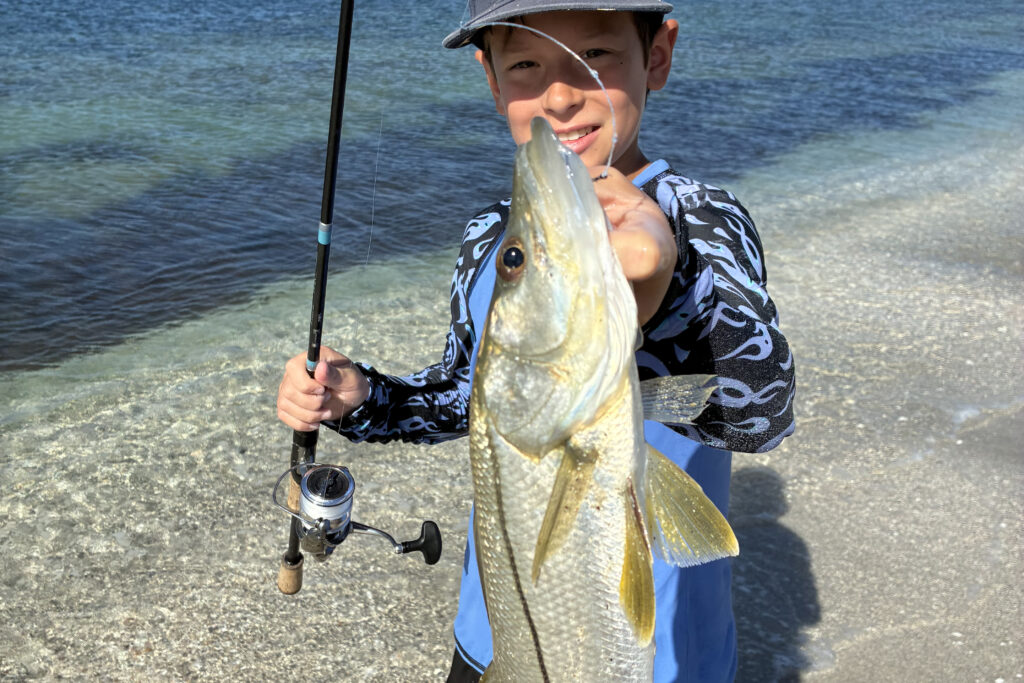
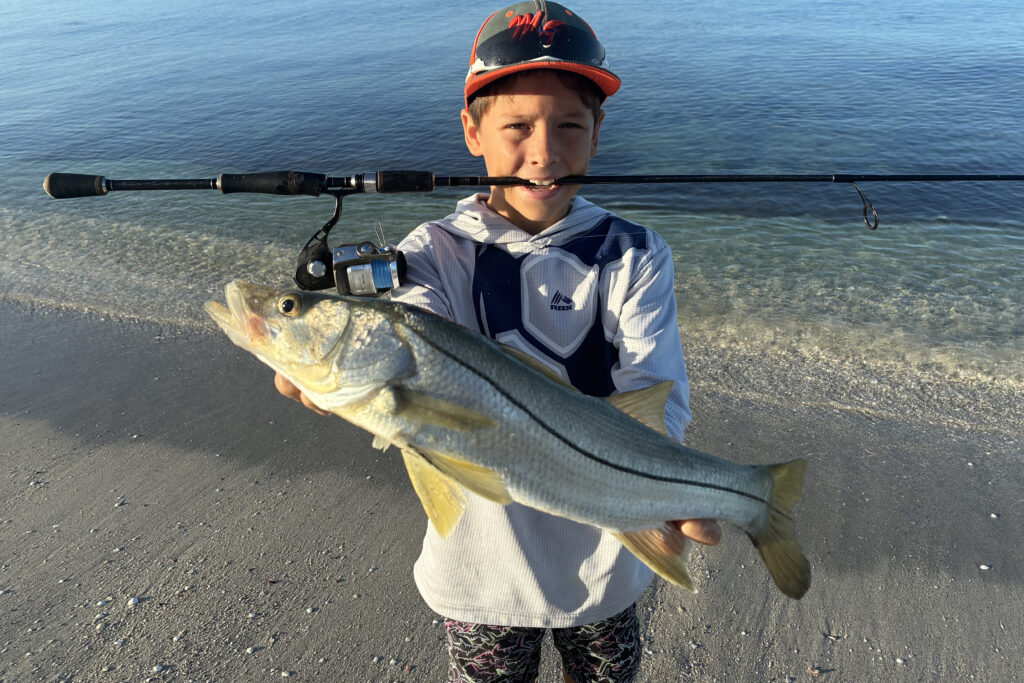


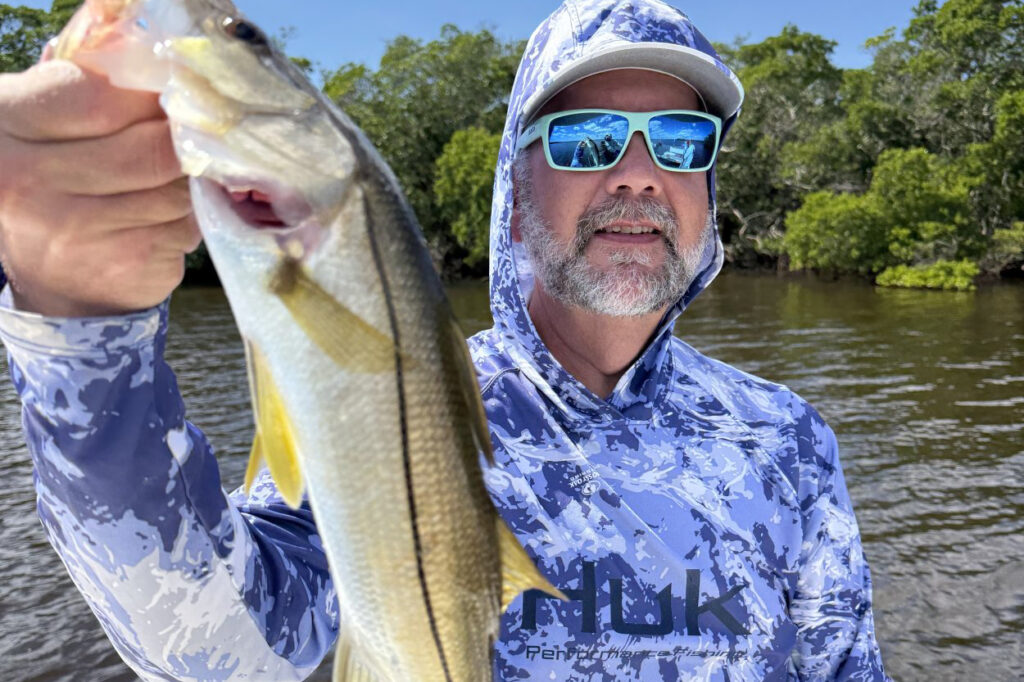
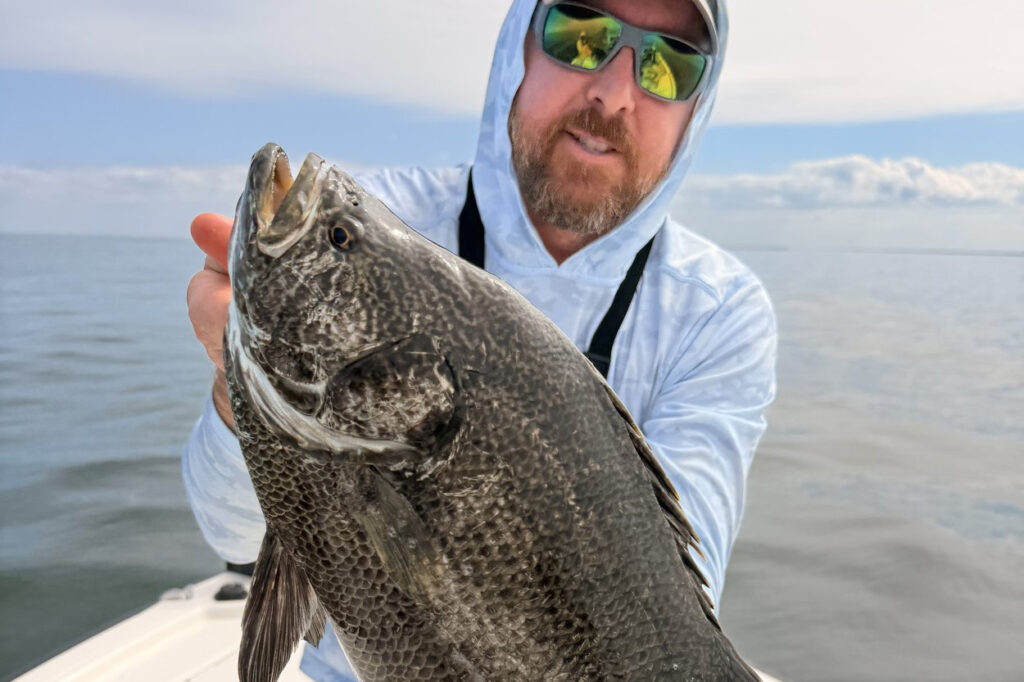

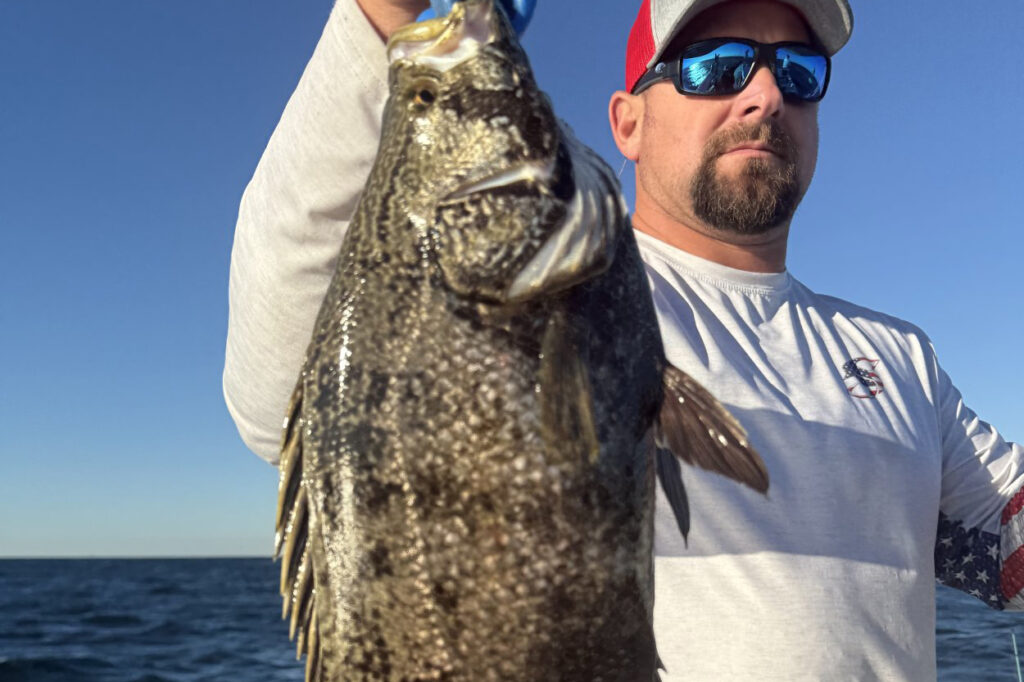



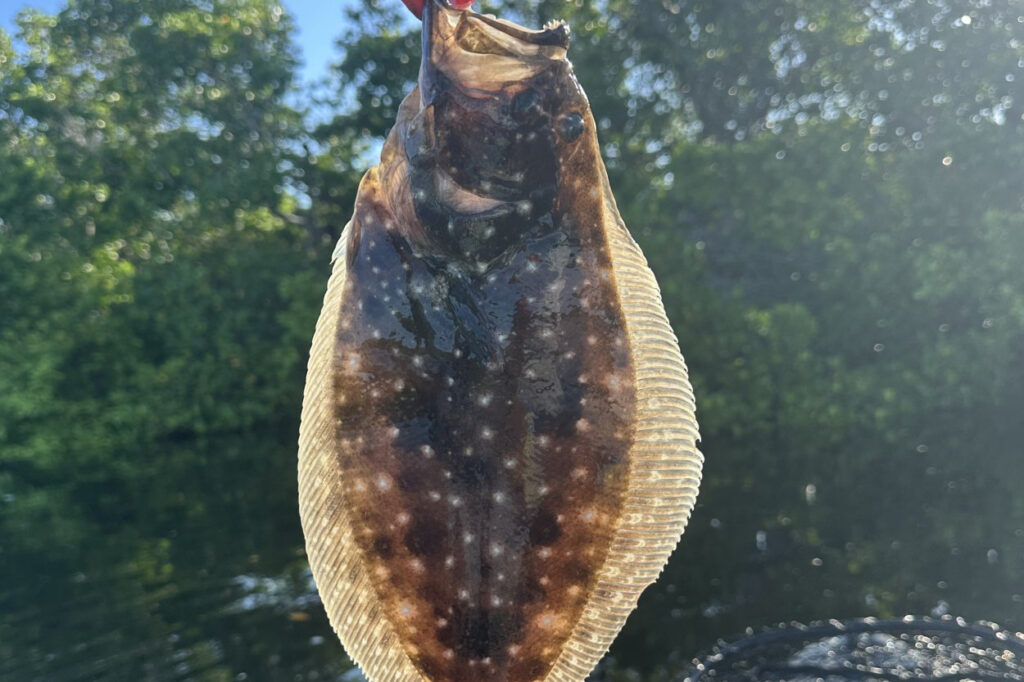
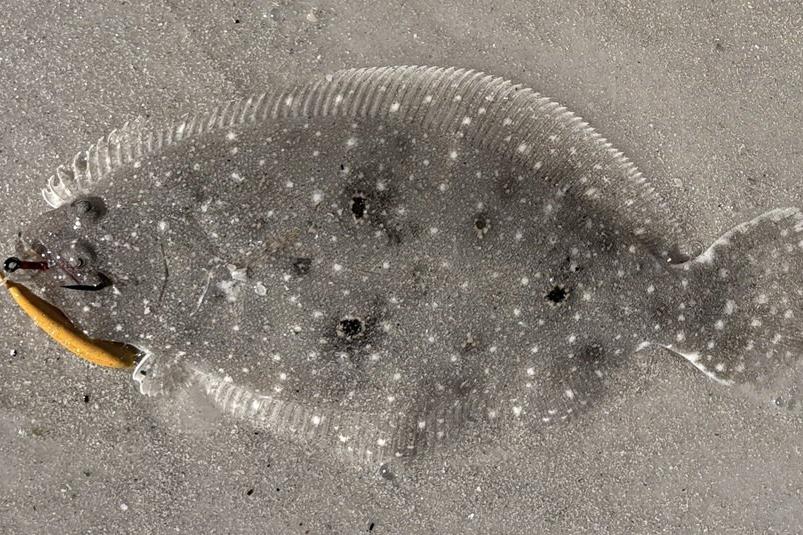
Inshore fishing has really come alive this week with strong tides and cooling conditions fueling plenty of activity around the bay. Snook are moving deeper into the bays and rivers, looking for warmer, more stable conditions as they settle in for the season. They’re still actively feeding around points, docks, and bridges, especially when the water’s moving. Also, keep in mind when looking for snook in the rivers you want to try your best to find the bait they are feeding in on and replicate that as best you can. They are also going to be staged more commonly in deepest possible areas. Redfish are schooling up nicely and feeding heavily along oyster bars, mangrove edges, and flats — this is one of the best times of year to target them. With mullet flushing through the system, the redfish and snook action has been excellent. Spanish mackerel remain thick and aggressive, slashing through bait schools just about everywhere there’s moving water, and sheepshead are beginning to fill in strong around the docks, bridges, and jetties. Mangrove snapper numbers are starting to thin a bit as they slide into deeper waters for winter, but plenty of fun action remains inshore this week.
Fishing Tips
- Snook: Use live baits like greenbacks, threadfins, and shrimp, or try flair hawks and soft plastics at night.
- Redfish: Look for them around mangroves, oyster bars, and flats, and use dead baits during higher tides.
- Trout: Target them with soft plastics, white bait, and shrimp around deeper flats and potholes.
- Tarpon: Target them during the full moon with crab flushes, making it an ideal time to target them.
- Flounder: Find them near sandy bottoms and structures, biting on bottom baits.
- Pompano: Be prepared to move frequently to stay on their bite.
- Sharks: Use big dead baits in areas with moving water.
Help spread the word about what to do if you hook or entangle a bird. Never cut the line; instead, reel in the bird carefully to dehook and release it. If you accidentally hook a dock, break the line at the hook to avoid leaving any line in the water. Seabirds with fishing lines hanging from them are becoming more common, and this could lead to the closure of fishing areas.
Rising concerns about bird entanglements might result in closing fishing spots, impacting the few available locations around Tampa Bay from shorelines, docks, bridges, or piers. Learn more in our podcast with Salt Strong: https://www.saltstrong.com/articles/shutting-down-fishing-at-busy-pier/.
NEarshore Fishing Report


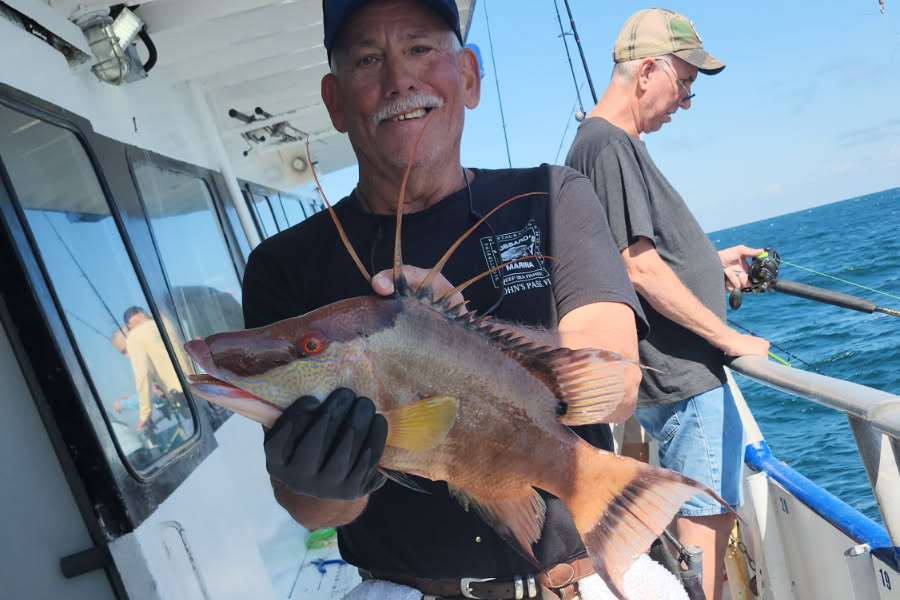



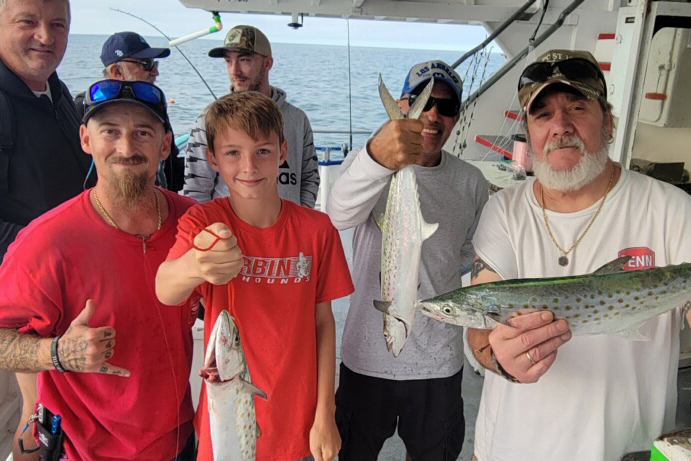


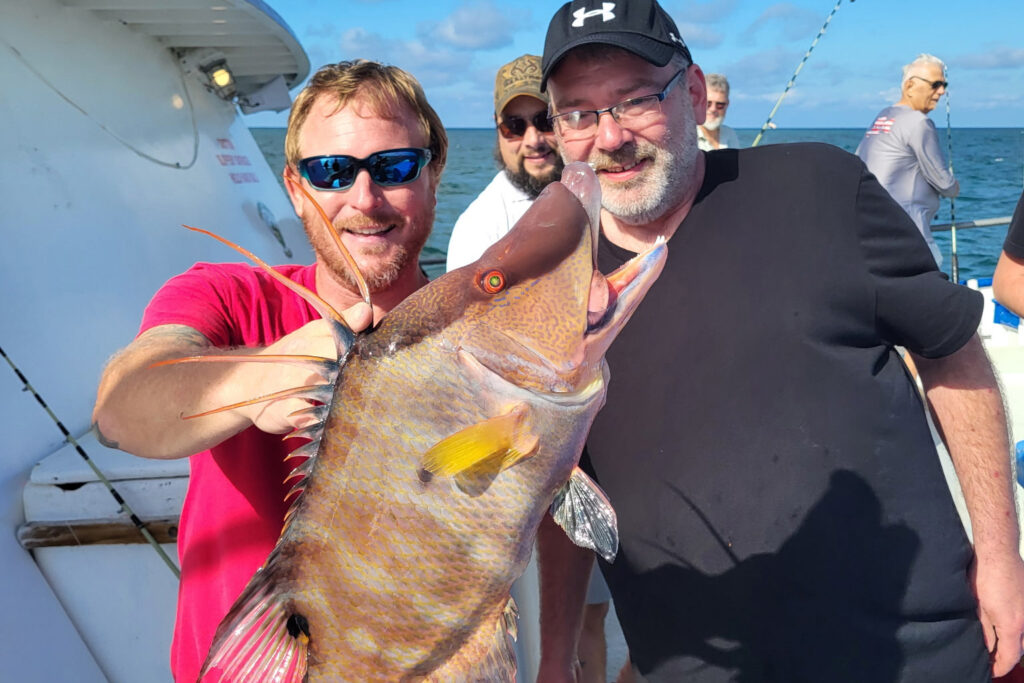

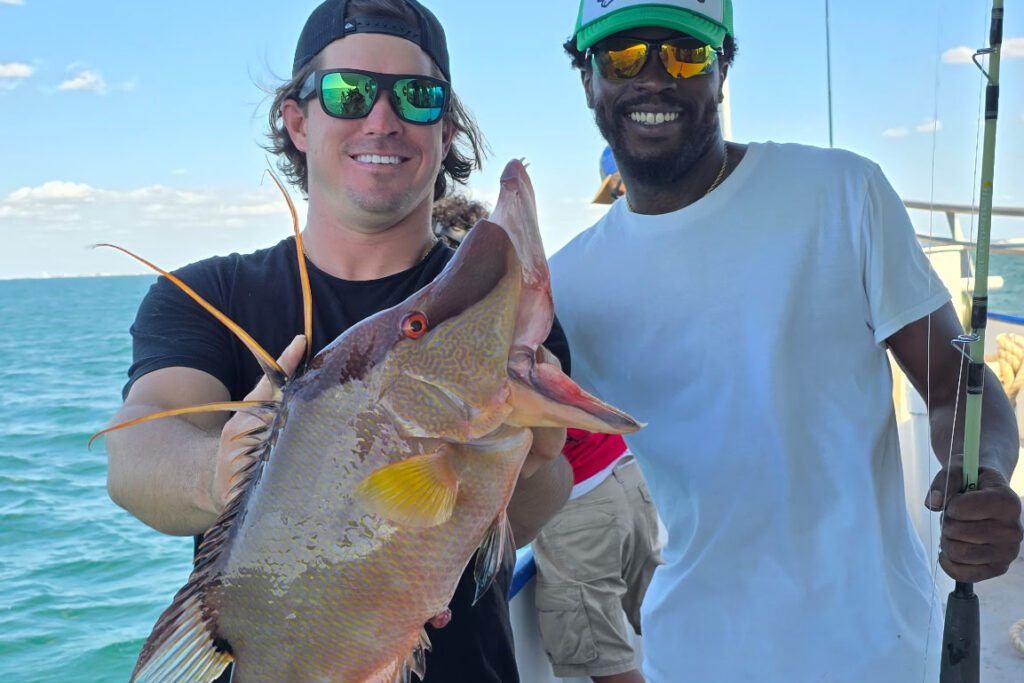
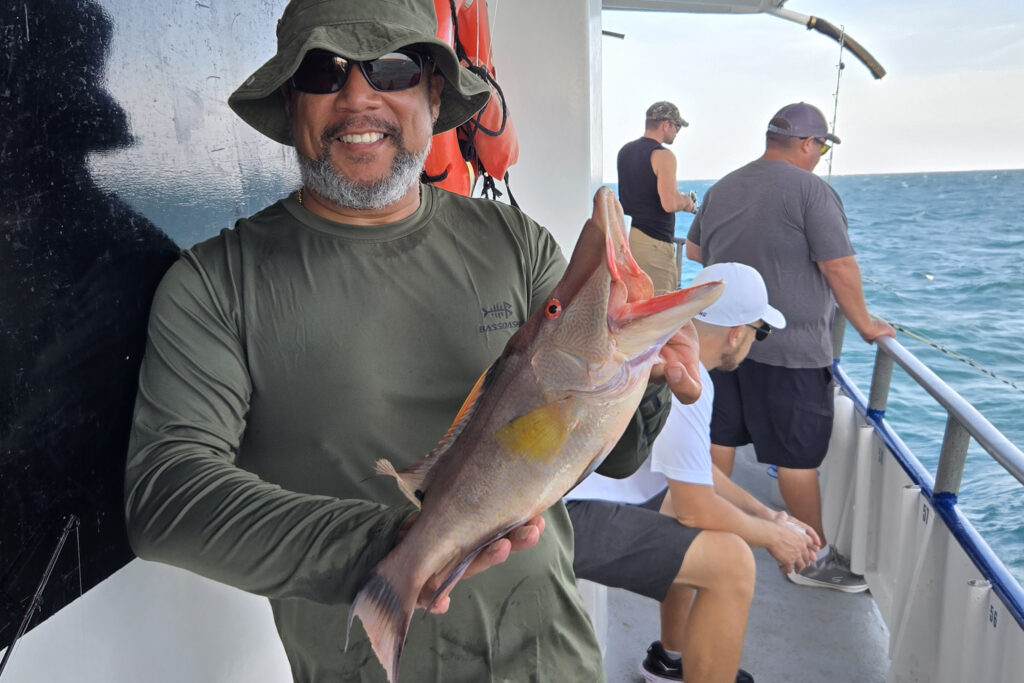
The near shore bite has been nothing short of fantastic with cooling temperatures and clearer water firing up a wide mix of species. Hogfish action continues to improve as these prized fish move in tighter to the ledges and hard-bottom areas in 40–70ft of water. Lighter tackle, live shrimp, and patience are the key to success when targeting them this time of year. Just keep in mind, they can be extremely exacerbating as even if you are doing everything right folks on either side of you may catch them while you do not. Lane snapper have been biting well, especially in deeper near shore waters, while red grouper remain steady for those working the bottom with large dead baits or live pinfish. Mackerel are absolutely thick right now, crashing through bait schools, and kingfish are mixed in too — making this an exciting time for anglers looking for both steady bottom action and some fast-paced surface fun.
Fishing Tips
- Red Grouper: Target the deepest near shore waters with big dead baits or solid live baits. Use 60 lb test and 7/0 hooks for best results.
- Red Snapper: Use big dead baits like whole squid and bonita strips with heavy tackle to focus on larger fish. Prime trips include the 12-hour extreme, 39-hour, and 44-hour trips.
- Scamp Grouper: Use small to medium pinfish and cut threadfin, especially while targeting mangrove snapper.
- Mangrove Snapper: Near shore, use live shrimp and small chunks of threadfin on 30-40 lb test with 3-4/0 hooks. Offshore, use bigger chunks of cut threadfin or medium pinfish on 40-60 lb test with 5-7/0 hooks.
- Vermillion Snapper: Start around 100 feet of water using cut squid or threadfin. These fish are aggressive and not leader-shy.
- Yellowtail Snapper: Use shrimp, cut squid, and threadfin.
- Pelagic Species: Keep flat lines and pitch rods ready for sailfish, kingfish, wahoo, tuna, and mahi mahi.
Offshore Fishing Report
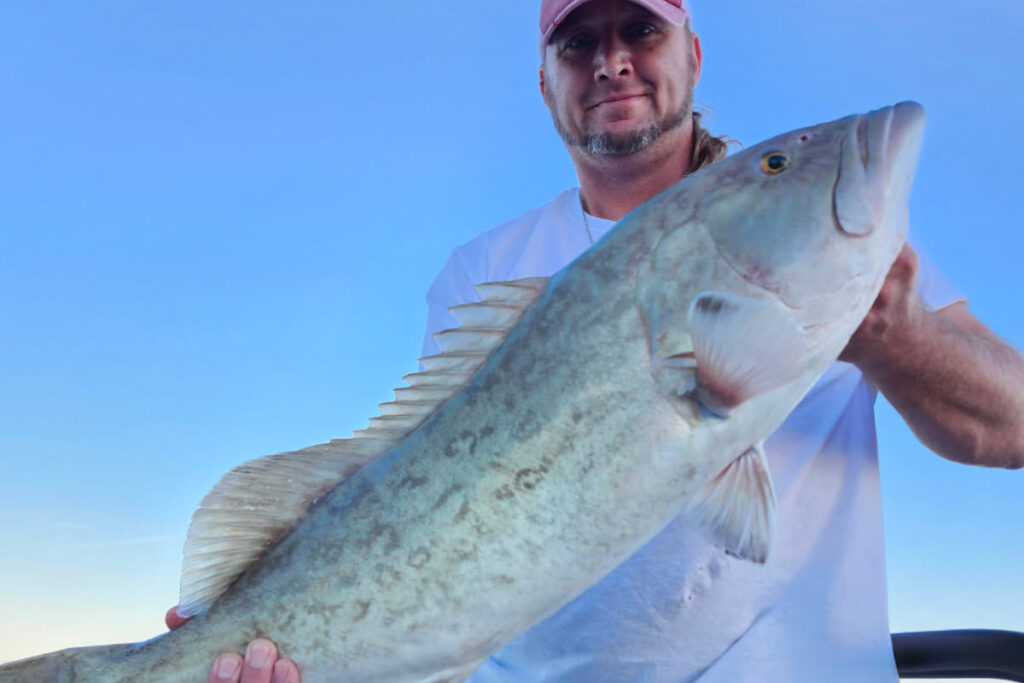

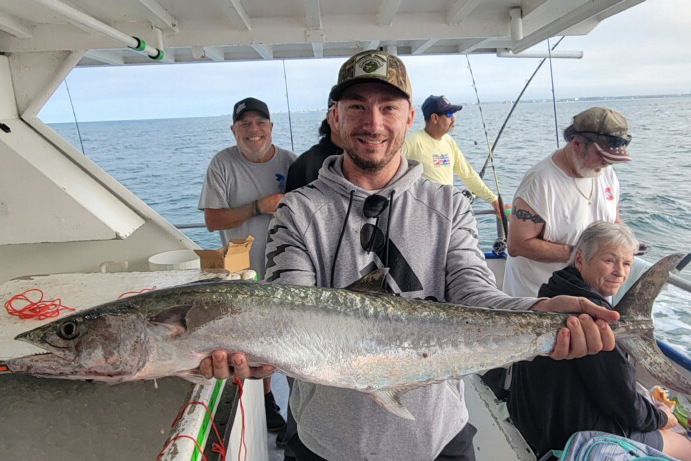
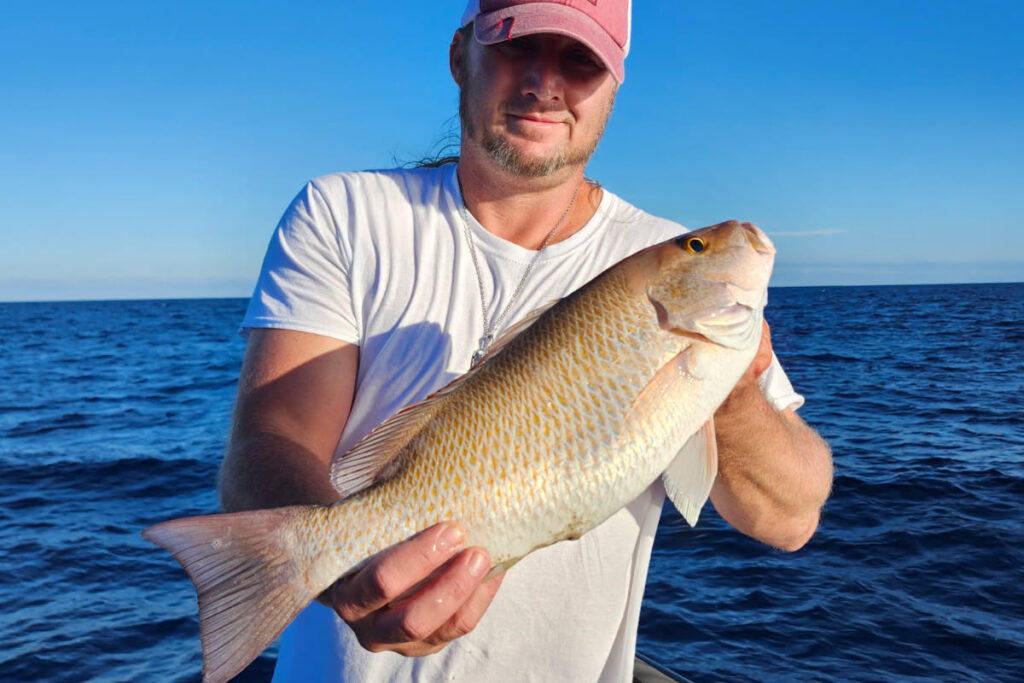


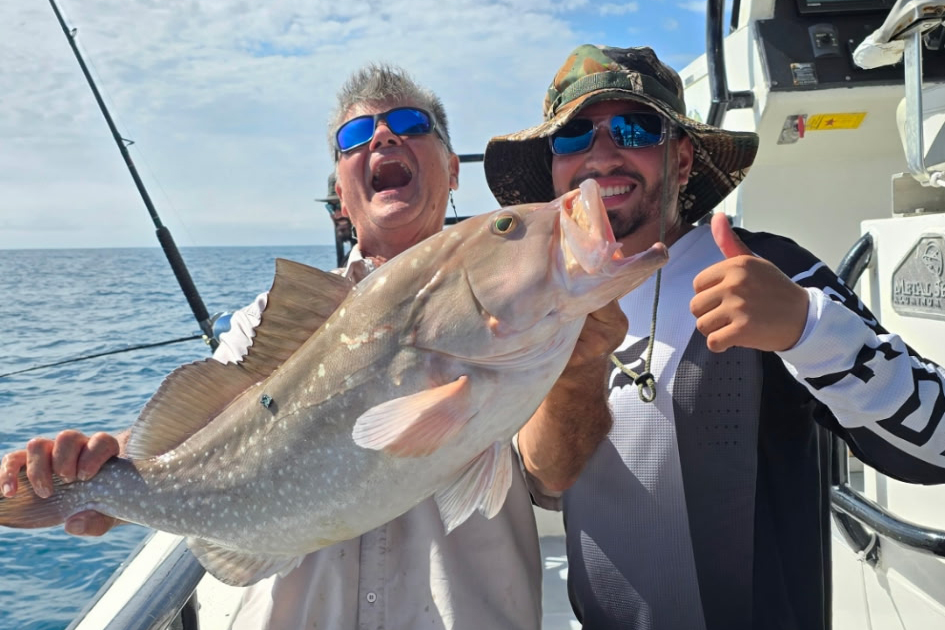
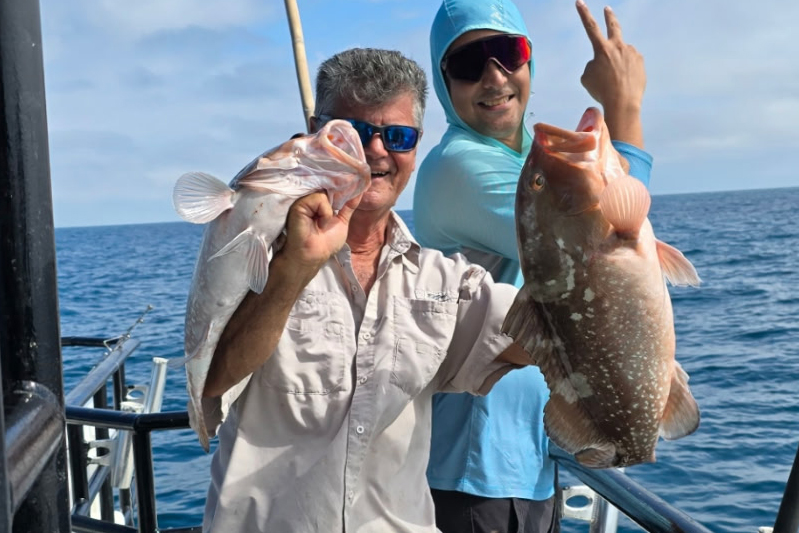
Red grouper remain the headline species, with solid fish coming off hard-bottom and ledge areas in the 140–180ft range. Scamp grouper are also biting well, especially on smaller pinfish and cut threadfins, and triggerfish continue to show up for anglers targeting them with small strips of squid or cut fish. Mangrove snapper have been consistent, producing great catches for anglers using double-snell rigs baited with threadfin chunks, and yellowtail snapper are adding to the mix when fishing at night or around dawn and dusk or through the night. We’re also seeing a few mutton snapper and porgies, with pelagic action heating up too — blackfin tuna, wahoo, and big kingfish are in the mix. All in all, conditions are looking prime for a productive stretch offshore — so if you’ve been waiting for the right time, this is it whenever weather windows open up!
Don’t forget, that we have some great videos on our fishing tips and tricks page here to show you how to target and rig for almost any species-> https://www.hubbardsmarina.com/fishing-tips/
Remember that when fishing in deeper nearshore and offshore federal waters, the Descend Act requires you to have a descending device or venting tool “rigged and ready.” If you know how to use a venting tool, keep it prepared. If not, here’s some helpful advice: https://bit.ly/3L5HTnv. Using a descending device is straightforward and doesn’t require as much precision or practice as venting. Return em’ Right has a training course only takes about 10-15 minutes, and you can learn valuable techniques to protect our offshore fishery. Spread the word by visiting: https://returnemright.org/.
TERMS OF REFERENCE-
Inshore: This covers the areas from the inner bays, through the bridges, and right up to the beaches.
Near Shore: This includes the coastal waters from the beaches up to twenty miles offshore, or up to a depth of 100 feet.
Offshore: This extends from twenty miles offshore or from a depth of 100 feet and beyond.
For more fishing reports, photos, videos, and other content, check out Hubbard’s Marina on Facebook, Instagram, YouTube, TikTok, Twitter, Pinterest, or Snapchat by searching for @HubbardsMarina. Remember our family motto: “If you’re too busy to go fishing, you’re just too busy!” Thank you for reading our report.
Capt. Dylan Hubbard, Hubbard’s Marina
Phone or text: (727) 393-1947
Website: Hubbard’s Marina
If you’re not seeing the latest article, try clearing your browser cache.
You can search “how to clear browser cache” on Google for quick steps.

